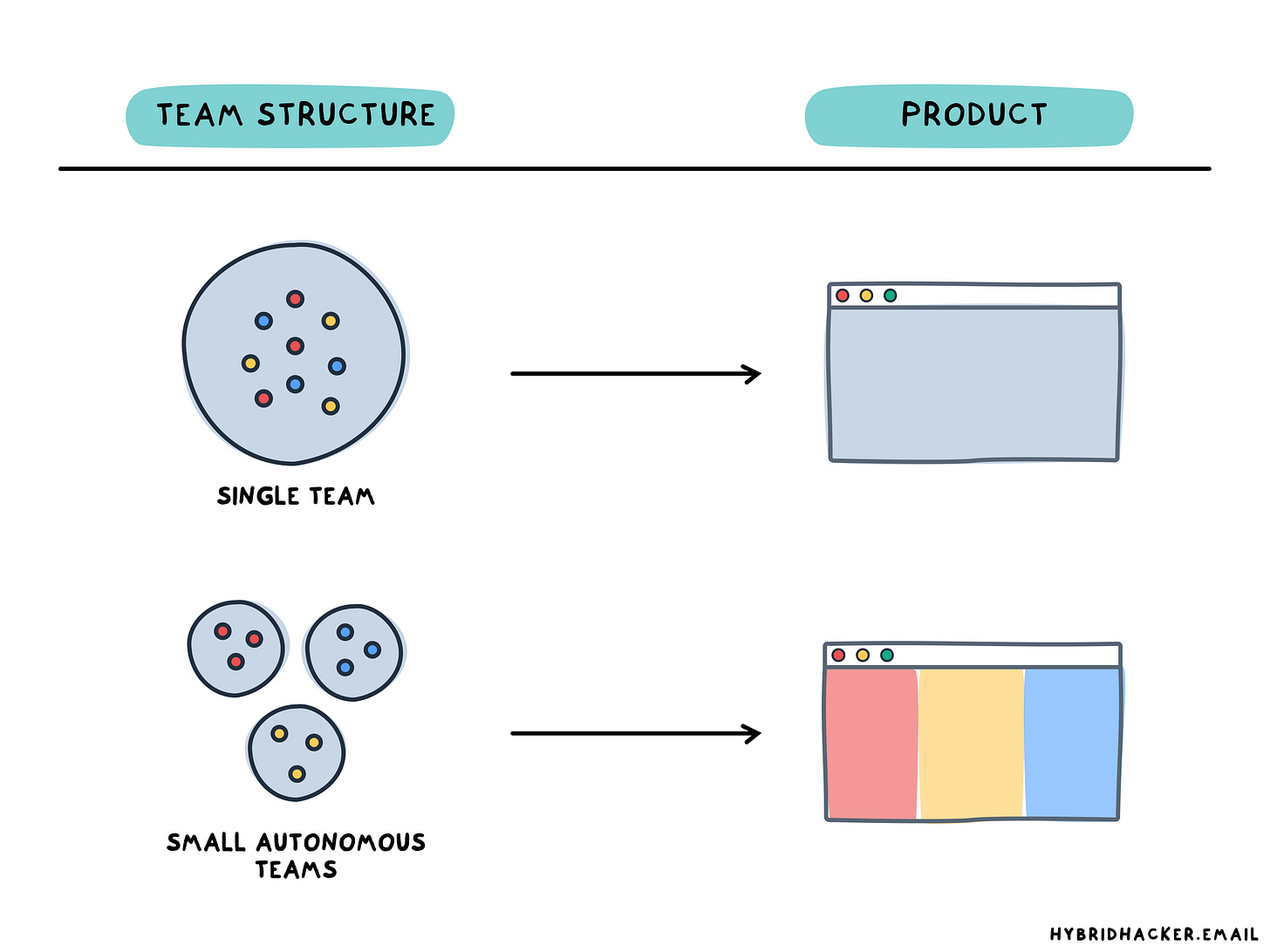How to Structure Engineering Teams
An Introduction to the Art and Science of Structuring Engineering Teams
In one of my previous essays, we explored how to build a team from scratch as a first-time manager. We analyzed some challenges and shared some tips on how to streamline this process.
Despite some of the hurdles we discussed, everything would be reasonably smooth at the beginning if you adhere to some of the best practices I shared. But then, at one point, your team will start growing and, let's say when it exceeds 5-7 people, you will begin to struggle.
Welcome to another manager's challenge: Structuring your Team!
As a manager, building an effective team is not a one-size-fits-all approach. Each team has its own unique story, influenced by various variables, and there's no universally applicable formula when it comes to structuring teams. Team structure plays a pivotal role in shaping the dynamics of a group, determining how members interact, collaborate, and make decisions.
In this essay, we will explore why it's important to give your team a well-thought-out structure, discuss different types of team structures, and delve into some essential principles for structuring and growing successful engineering teams.
Our journey will include the following stops:
🧭 Understanding the importance of a team structure
🏗️ Exploring different types of team structures and when to use them
🔧 Learning how to decide the best structure for your team
Let’s begin!
🧭 Why your Team Needs Structure
Think of a team without a clear structure like a boat without a rudder. It floats around without a clear direction and hardly ever reaches its destination. A team's structure is like that rudder. It gives direction, defines roles, and helps team members work together more effectively.
Conway's Law
The importance of team structure is well explained by Conway's Law. In 1967, Melvin Conway, a computer scientist, suggested that the way teams are structured directly affects the results they produce.
In his own words:
“Any organization that designs a system (defined broadly) will produce a design whose structure is a copy of the organization's communication structure.”
Conway's Law helps us understand how team structure influences product and software design and how you can use it to structure your teams.
Organizational Structure and Software Design
Your team's structure can shape the product you are working on significantly. For example, if you have a team with siloed divisions, your final product could likely reflect this segmentation, resulting in a disjointed user experience. On the contrary, a cross-functional team can lead to a more cohesive and seamless product. This is because the structure of your team dictates the flow of ideas and information, influencing the design and development process.
Understanding how team structure affects product design allows you to utilize this knowledge in building a more productive team. For instance, if you aim to create a product with various independent parts, it would be better to structure your team into smaller, autonomous units. In doing so, the structure of your team and your product will be harmoniously aligned, leading to a superior end product and a more efficient team.


